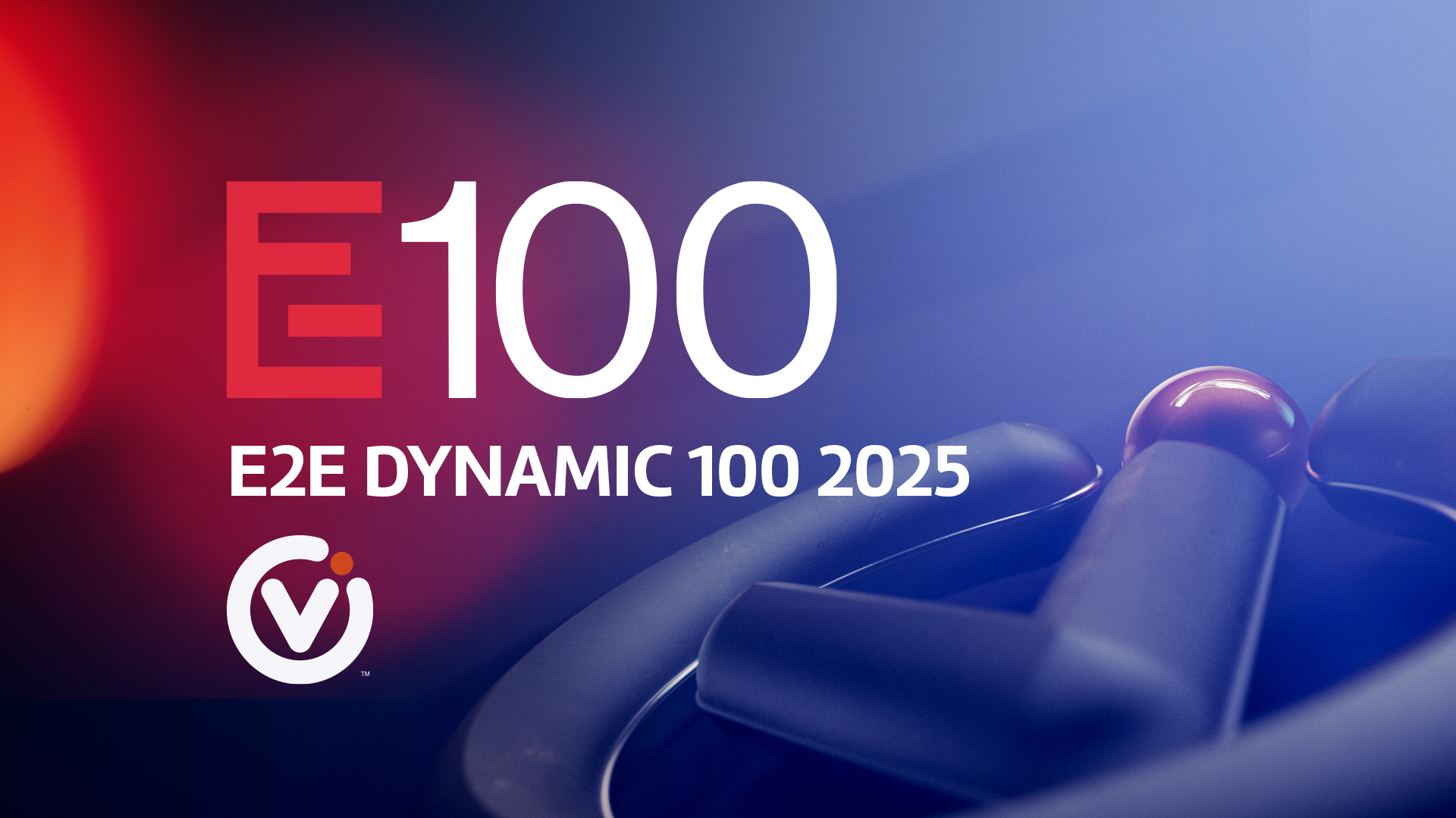1 – More consolidation in the insurance market?
Major players in the insurance industry are increasingly consolidating to manage rising claims complexity, data demands, and evolving customer expectations. Mergers not only serve to enhance market share, but can also help insurers to diversify risk, streamline claims, and promote more unified policyholder experiences. As vehicle tech advances, this trend is likely to continue, impacting supply chains, policyholder outcomes, and competition in the repair market.
2 – Challenger automakers in the EV Space: Which ones will take off?
New EV brands, particularly from China, are entering the UK market with competitive pricing and features. Success depends on consumer trust, aftercare services, and repairability. Insurers must adapt to new risks and repair needs, while repairers need strategies for parts supply and model-specific methodologies.
3 – OEMs: More collaboration, or more repair complexity?
Manufacturers’ proprietary tech and repair methods create complexity for insurers and repairers, increasing costs and turnaround times. Greater collaboration on repair methodologies could ease these challenges. In lieu of greater transparency, repairers must rely on strengthening partnerships, and adopting proactive cost management to help insurers maintain service efficiency and vehicle insurability.
4 – Future-proofing insurers’ repair strategies
Insurers are shifting from capacity-focused strategies to long-term resilience, prioritising cost control, EV capabilities, and sustainability. Repairers with advanced tech and strong partnerships will become key allies. Real-time data-sharing and proactive planning will help manage costs and maintain high-quality customer experiences in the coming years.
5 – Parts sourcing: Will it improve?
Parts shortages persist due to widespread supply chain disruptions, and rising EV adoption. Repairers are increasingly adopting “repair over replace” methods and green parts to mitigate delays, in-line with insurers’ repair qualities. Proactive sourcing, cross-industry collaboration, and real-time supply chain monitoring will be essential for managing costs and turnaround times as demand grows.



